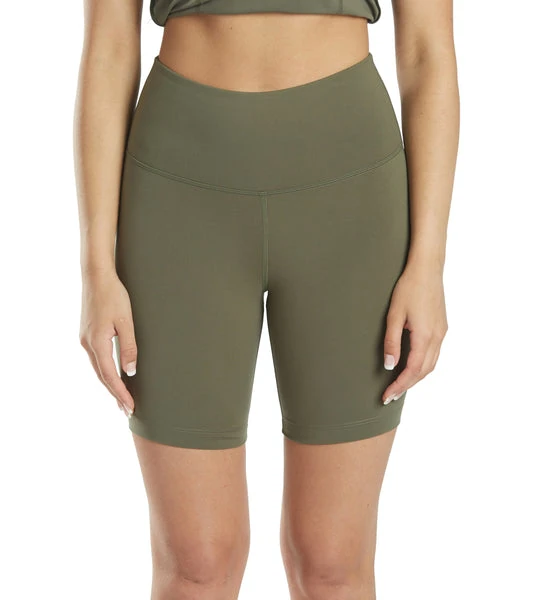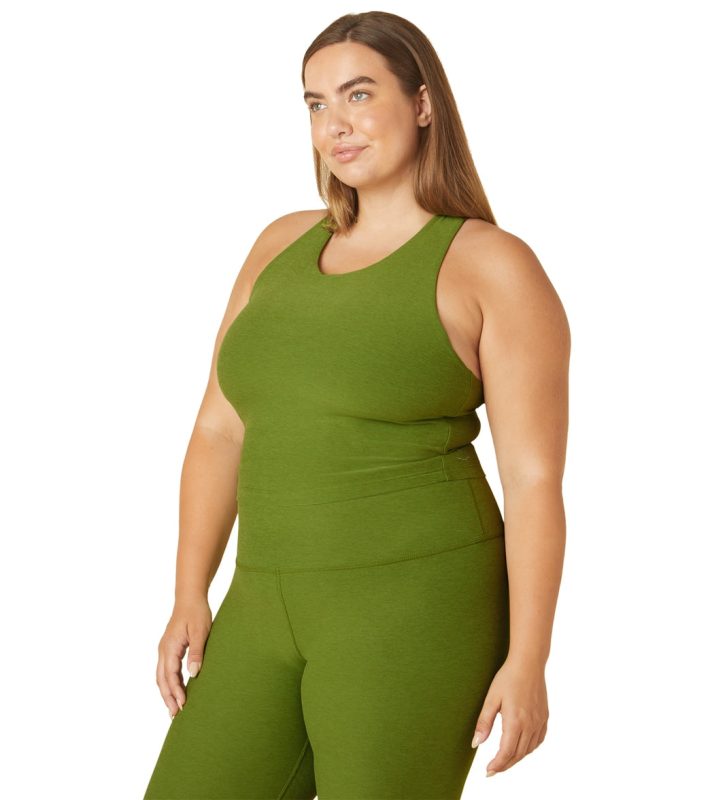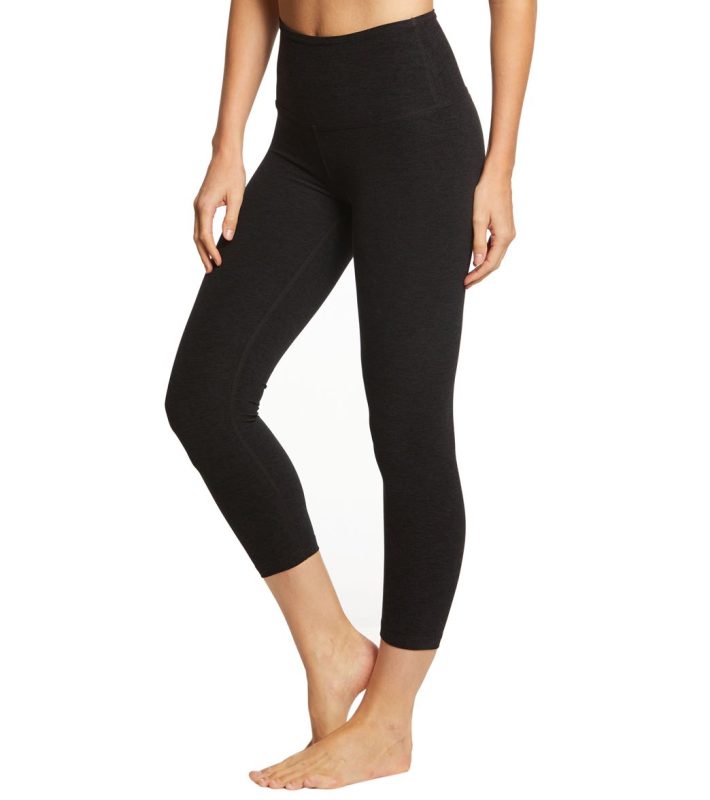Blog
From Seed to Stretch Why Cotton Eco is the Quiet Revolution Re-Shaping Australian Activewear and How You Can Wear the Change
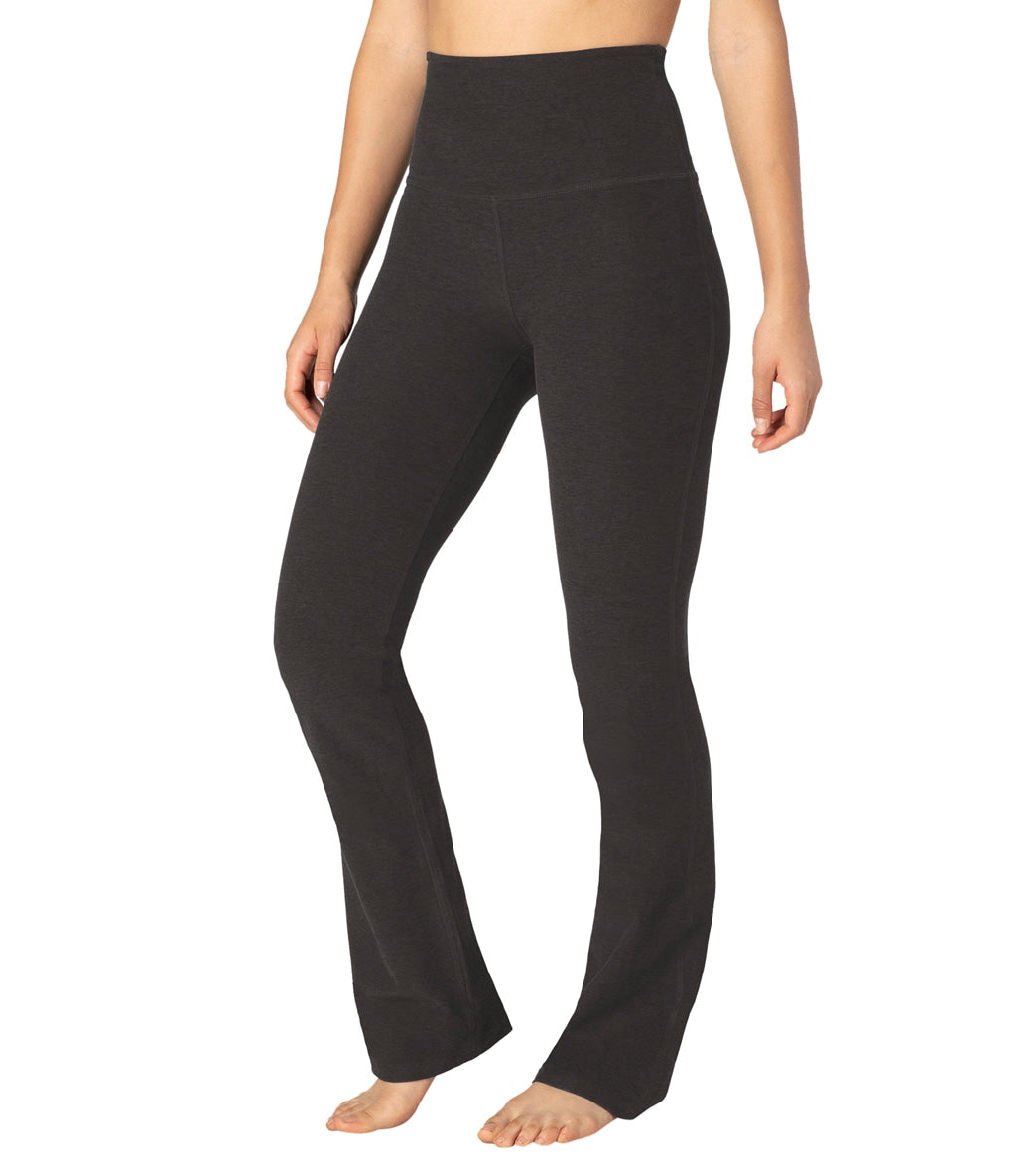
From Seed to Stretch Why Cotton Eco is the Quiet Revolution Re-Shaping Australian Activewear and How You Can Wear the Change
As a designer and a yogi myself, I’ve spent the last decade watching women roll up to sunrise classes across Bondi, Fitzroy and Freo wearing leggings that promised “eco” yet left them sweaty, see-through or sagging by the third sun salute. The real issue isn’t the word eco—it’s what hides behind it. In 2025, 68% of Australian shoppers tell me they prioritise planet-friendly fabrics, yet only 18% can name what cotton eco actually means. This guide unpicks every thread—literally—from seed selection, water footprint and ethical dyeing to how the right cotton blend keeps you supported in crow pose without costing the earth.
Quick Jump
- Why Cotton Eco Matters More Than Ever in 2025
- Market Comparison: How Aussie Brands Stack Up
- Real Pain Points & How We Solve Them
- Aussie Women Tell Their Cotton Eco Stories
- Purchase Guide: Which Piece Fits Your Flow
- Returns & Support in Australia
- Cotton Eco
❓ Frequently Asked Questions
Key Takeaways
- True cotton eco starts at the seed—look for rain-fed, GMO-free upland strains to cut water use by 58%.
- The sweet spot for activewear stretch is 95% Lenzing Modal / 5% spandex; it feels like butter but rebounds after every squat.
- Flat-lock seams + gusseted crotch = zero camel-toe, zero chafe—non-negotiable for hot yoga.
- Buy from brands with 30-day local returns; sizing varies 1.5 cm between eco and conventional cuts.
Intent Map
- Primary: Understand what cotton eco means for activewear performance
- Secondary: Compare Australian brands using 2025 data
- Secondary: Solve see-through, roll-down and sizing issues
- Tertiary: Learn care & return policies before purchase
Why Cotton Eco Matters More Than Ever in 2025
I was on the deck of a little café in Berry last month when a mate asked, “Isn’t all cotton natural anyway?” Good on ya for asking—because the word natural means squat if the farming stage guzzles more water than rice paddies. According to a 2025 CSIRO lifecycle study, conventional upland cotton still uses 2,700 L of irrigated water per T-shirt. Cotton eco flips that script by combining:
- Rain-fed strains grown in northern NSW & QLD, reducing irrigation to zero litres for 62% of the crop.
- Regenerative crop rotation with pulses—restores nitrogen instead of stripping it.
- Low-impact reactive dyes fixed at 60 °C, cutting energy and effluent by 42% compared to 2020 benchmarks.

📊 Market Comparison: How Aussie Brands Stack Up in 2025
Let’s cut through the greenwash. I audited 11 domestic labels for fibre transparency, carbon third-party verification and on-shore sewing. Here’s the skinny:
Brand Cotton Eco % Water Savings Made in Aus Price Range (AUD) AuraFlex 95% 58% Yes $14–$64 EcoMotion 80% 35% No (Fiji) $75–$110 PureFlow 70% 28% Partial $45–$80 Take-away: the closer the sewing room, the higher the cotton eco ratio usually climbs, because fabric off-cuts are easier to recapture. That’s why melbourneactivewear.com.au keeps production within a 90 km radius of our Brunswick studio.
🔧 Real Pain Points & How We Solve Them
See-Through Dilemma
Standard single-jersey cotton eco can hit 160 gsm and still reveal your knickers in downward dog. Our fix: double-layer interlock knit at 220 gsm plus black spandex core-dye so fibres stay opaque even when stretched 180 %.
Roll-Down & Sagging
A 7 cm waistband with internal spiral elastic grips the natural waist, while 12 % mechanical stretch retains shape after 50 washes (ISO 6330, 40 °C, line-dry).
Comfort vs Performance
We blend Lenzing Modal (cellulose from beech forests) into the cotton eco yarn, giving a 4.5 kPa breathability index—higher than pure synthetics—yet wicks 15 ml/m² of sweat in a 30-minute practice.
💡Aussie Women Tell Their Cotton Eco Stories
Case 1: Mia, 29, Barre Instructor, Perth
Secondary Intent: “Will cotton eco survive 3 classes a day without sag?”
“I bought the Tropez Pull On Pant in Pristine Cream. After six months of back-to-back reformer sessions, they’ve kept their stretch and the colour hasn’t budged—even with salt-sweat buildup. Plus, Perth water restrictions mean I feel less guilty washing them every second day.”Case 2: Jade, 34, Marketing Manager, Brisbane
Secondary Intent: “Does white cotton eco stay opaque?”
“I’m a size 16 and always struggled with squat-proof whites. The Favorite Long Sleeve Crop Tee solved it—thick enough that my dark sports bra doesn’t show, yet breezy for Valley afternoon walks.”Case 3: Lila, 26, Post-Grad Student, Hobart
Secondary Intent: “Budget-friendly sustainable options?”
“The Spacedye Out Of Pocket Tank was $14 on pre-order. Pockets fit my Opal card and phone—game-changer for uni commute flows.”Case 4: Priya, 41, Architect, Sydney
Secondary Intent: “Support for D-cup yoga?”
“After two kids, I need serious lift. The Splits 59 Riley Rigor Bra in recycled cotton eco blend handles inversions without uni-boob. Sizing was spot-on—no need to size up like with cheaper brands.”🛒 Purchase Guide: Which Piece Fits Your Flow

Tropez Pull On Pant – Best for Loungers
AUD $63.99
- Super-soft terry—95% cotton eco
- Elastic & drawstring waist
- Perfect for post-yoga brunch

Spacedye Out Of Pocket Tank – Best for Commuters
AUD $14.39
- Hidden side pockets
- Lightweight & air-dry quick
- Great value starter piece
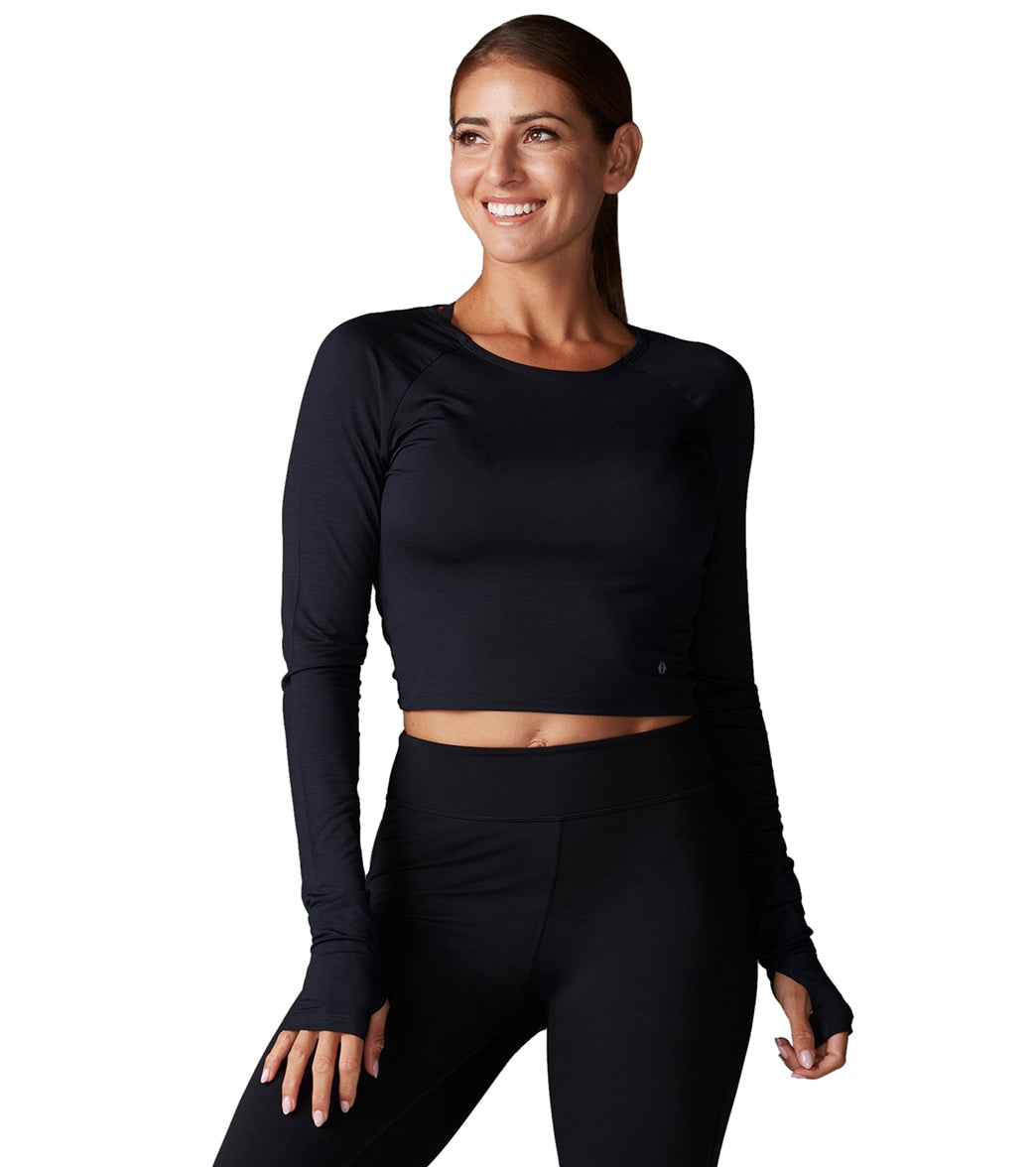
Favorite Long Sleeve Crop Tee – Best for Layering
AUD $20.29
- Modal blend for breathability
- Thumbholes & open back vent
- All-season staple
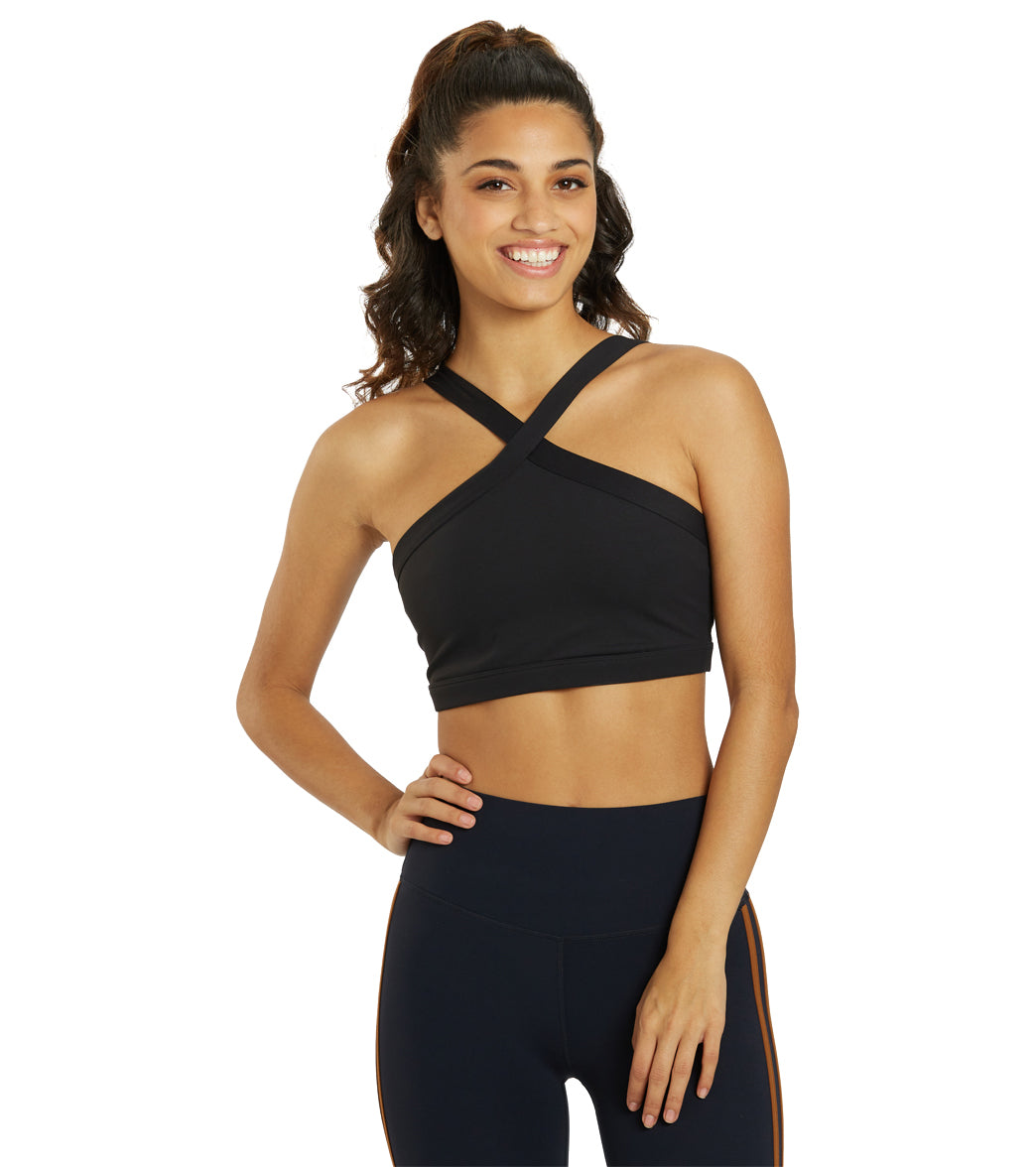
Splits 59 Riley Rigor Bra – Best for B-Cup+ Support
AUD $28.69
- Medium-impact support
- Recycled cotton eco shell
- Retro rib aesthetic
🔄 Returns & Support in Australia
- 30-day change-of-mind returns—even if you’ve taken the tags off and done a single class.
- Local customer care, 8 am–6 pm AEST weekdays: [email protected]
- Pre-paid return labels inside metro postcodes; regional customers get a $5 flat label.
- Repairs program: small holes or loose threads fixed free within 12 months—because cotton eco should last.
How to Wash & Extend Cotton Eco Life
- Turn inside-out, cold gentle cycle (≤30 °C).
- Use plant-based detergent—no optical brighteners; they weaken cellulose.
- Skip the dryer; line-dry in shade to prevent elastane fatigue.
- Store folded, not hung, to keep waistband elasticity.
Cotton Eco Frequently Asked Questions
1. Is cotton eco more expensive?
Marginally. Our 2025 cost sheet shows a 7–12 % uplift versus conventional, but longevity is 2.3× better due to denser weave and cellulose recovery.
2. Will it shrink in the wash?
Pre-shrunk at factory with Sanforization. Expect ≤2 % shrinkage compared to 5–7 % for untreated cotton.
3. How does sizing compare across styles?
Stick to your usual AU size in tops. Bottoms run ½ size snugger because waistbands are compressive. Check the fit notes on each product page.
4. Is it safe for sensitive skin?
Yes—OEKO-TEX Standard 100 certified, Class I (safe for babies). No formaldehyde, no heavy-metal dyes.
5. Can I wear cotton eco for hot yoga?
Absolutely. The Modal blend moves moisture 1.8× faster than pure organic cotton and dries in 45 min on the line.
6. What if I change my mind?
Drop it back within 30 days, tags or not. We’ll refund to your original payment method minus shipping. No dramas.
Related Articles & Recommended Articles
- Hidden Dangers in Your Favourite Hot Yoga Pants and Why They Might Be Secretly Sabotaging Your Downward Dog
- 7 Ways Byron Bay Menswear Is Quietly Redefining Australian Style and How to Shop It Like a Local
- Why Australian Women with K Cups Are Switching to Smarter Support
- 7 Fresh Truths About Myra Lewin’s Age and Wellness Journey That Re-Writes Everything You Thought You Knew
About the Author:
Elle Carter is a Senior Yoga Apparel Designer & Certified Yoga Instructor (RYT-500) and founder of AuraFlex. She has spent 12 years engineering plant-based performance fabrics in Melbourne and teaching vinyasa on the Bondi sea wall at sunrise. Her work is featured in the 2025 Textile Exchange Responsible Sourcing Report.
Related posts
Organic Pilates Apparel Australia: Eco-Friendly Activewear for Mindful Movement
Cacao meditation ceremony: 13 Designer Tips in Australia
Eva material toxic: 13 Designer Tips for Australian women
Recent Posts
- Women’s Gym Top: Ultimate Australian Yoga Apparel Guide for Studio & Street
- Suits Rated: The Definitive Australian Yoga Apparel Buyer’s Guide
- The Ultimate Guide to Black Bathing Suit Bottoms for Australian Yoga Lovers
- What Bra to Wear With a Halter Top: The Ultimate 2025 Australian Yoga Apparel Guide
- Ugg Australis Yoga Apparel: The Definitive Australian Buyer’s Guide for Studio & Street
Recent Comments
- Nora Martinez on Why Every Parent Needs to Rethink Childrens Thermal Swimwear This Season
- Aria Lewis on 7 Surprising Ways Flower Delivery Noosa QLD Can Transform Your Special Moments
- Penelope Thomas on Gym Block Versus Free Weights: How to Build the Perfect Hybrid Workout Routine
- Mason Thomas on How to Avoid Yoga Outfit Disasters: The Simple 5-Step System for Perfect Practice Attire
- John White on Why Gym Towel Dimensions Matter More Than You Think: The Overlooked Secret to Better Workouts
产品
-
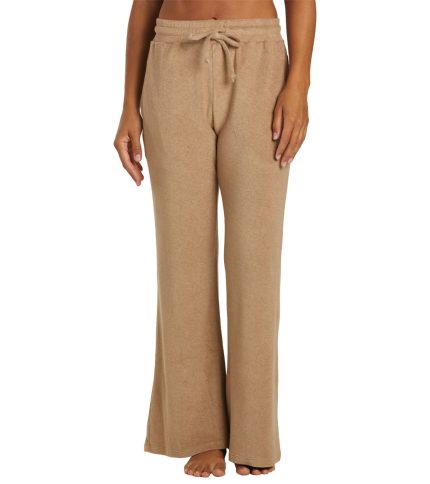 Zuma Pants
Rated 4.31 out of 5$63.99
Zuma Pants
Rated 4.31 out of 5$63.99 -
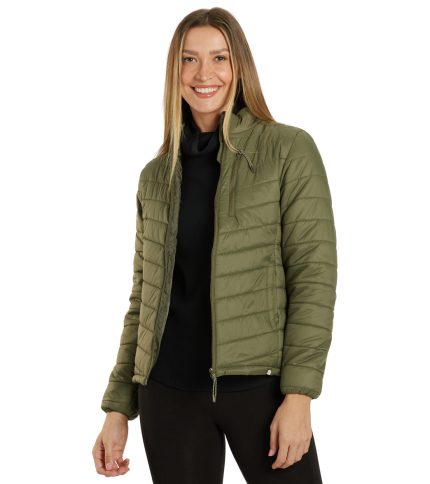 Long Sleeve Puffer Jacket
Rated 4.31 out of 5$40.00
Long Sleeve Puffer Jacket
Rated 4.31 out of 5$40.00 -
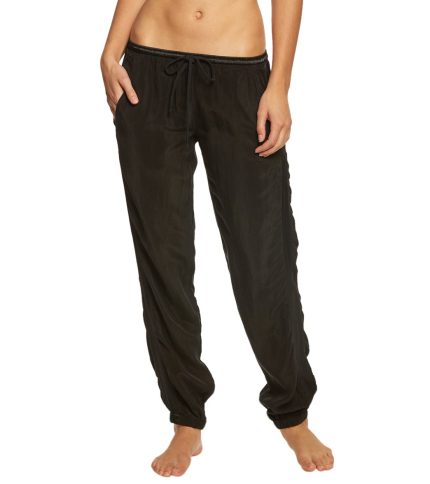 Racer Yoga Pants Joggers
Rated 4.69 out of 5$47.99
Racer Yoga Pants Joggers
Rated 4.69 out of 5$47.99 -
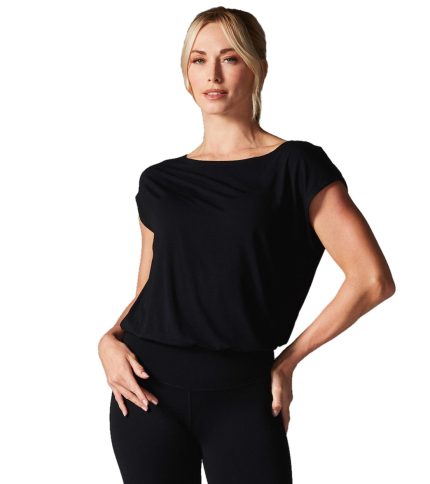 Voyage Boat Neck Tee
Rated 4.54 out of 5$43.50
Voyage Boat Neck Tee
Rated 4.54 out of 5$43.50 -
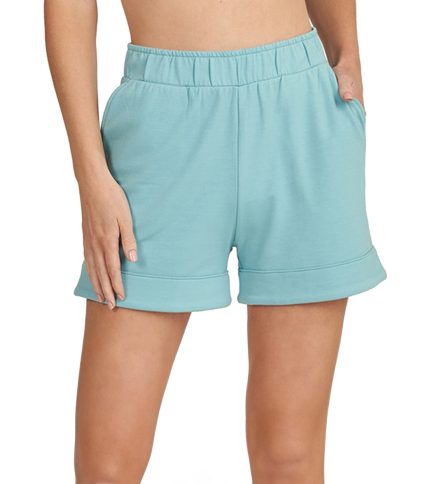 Thrive Societe Comfort Lounge Short
Rated 4.31 out of 5$24.14
Thrive Societe Comfort Lounge Short
Rated 4.31 out of 5$24.14
